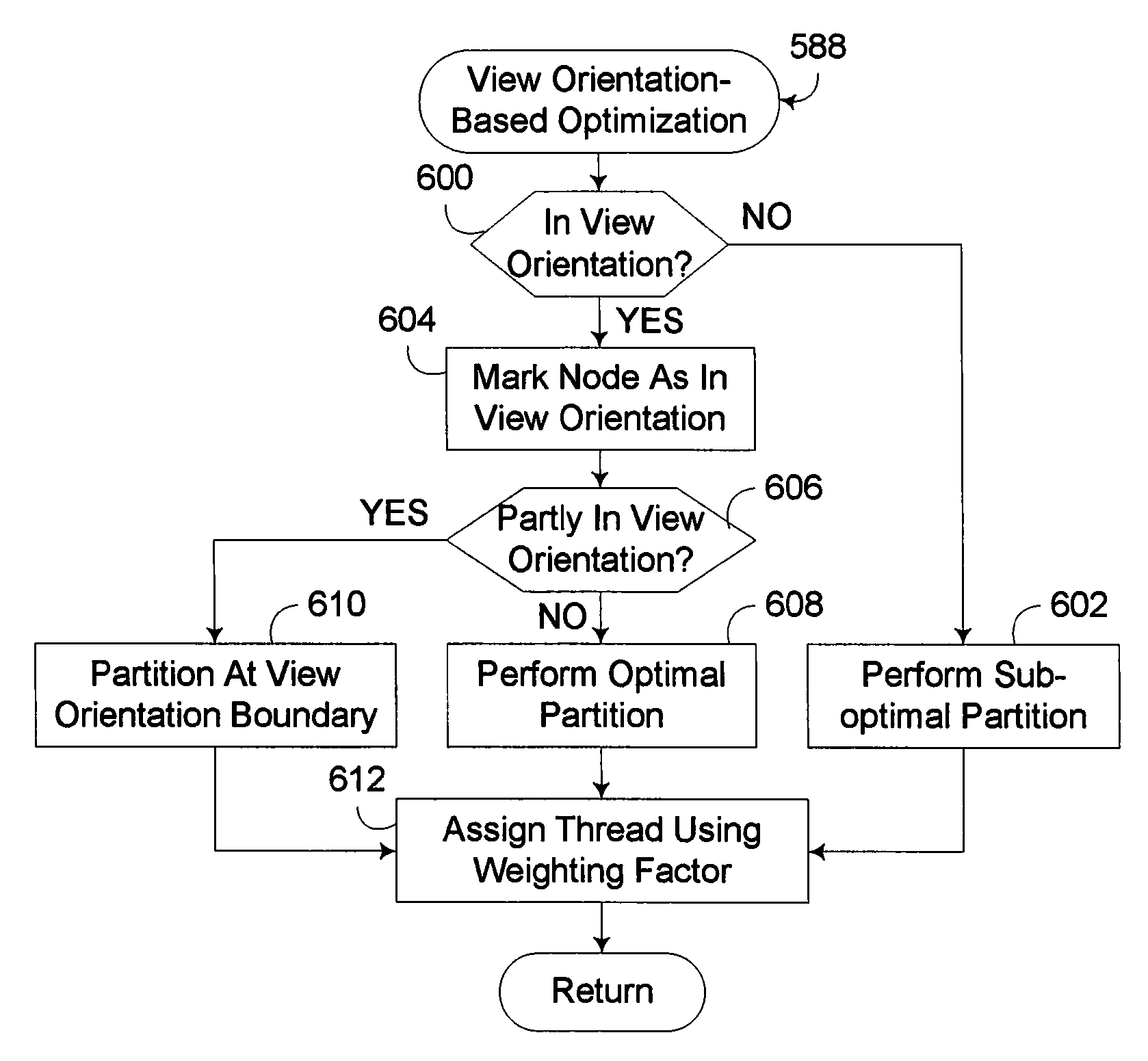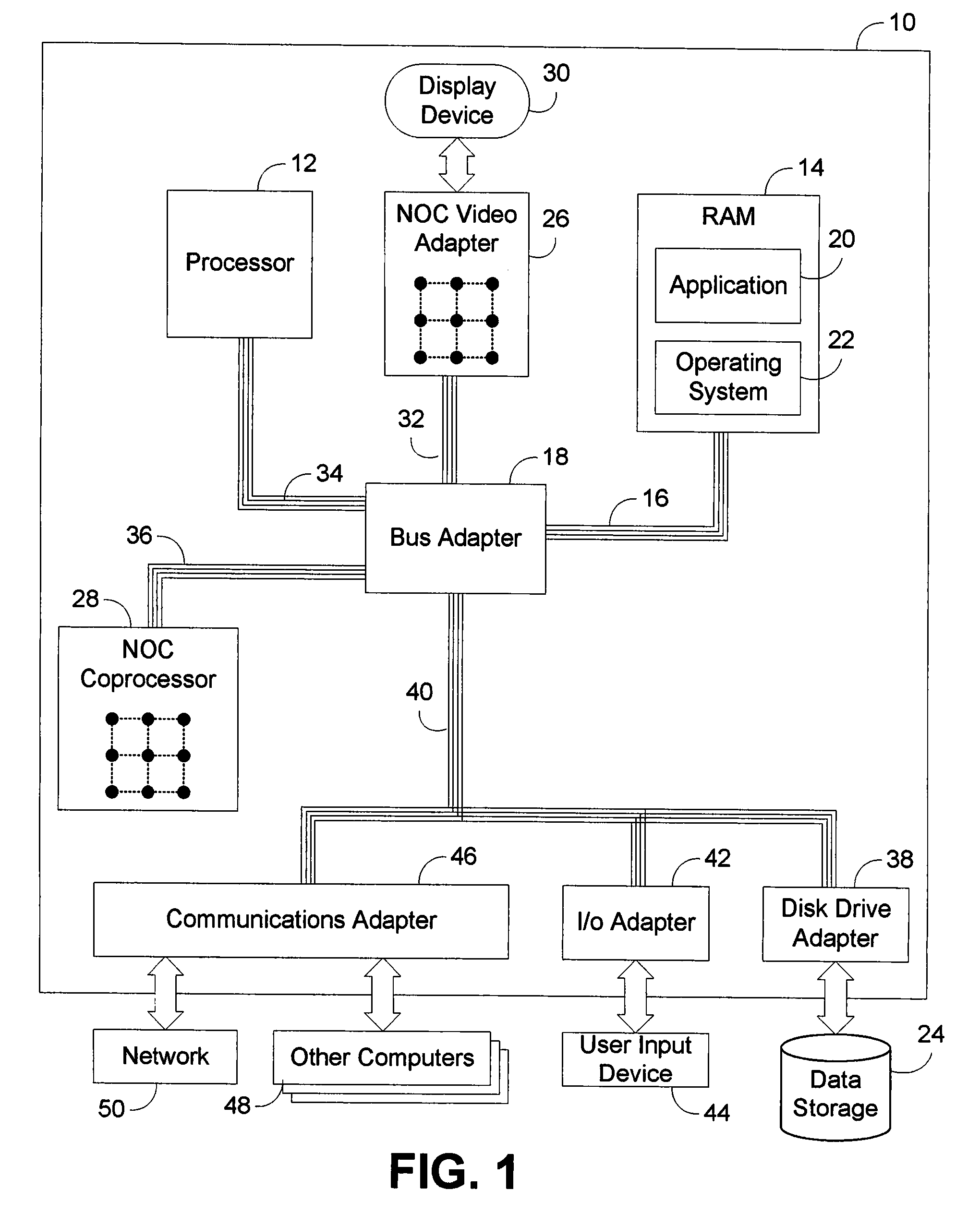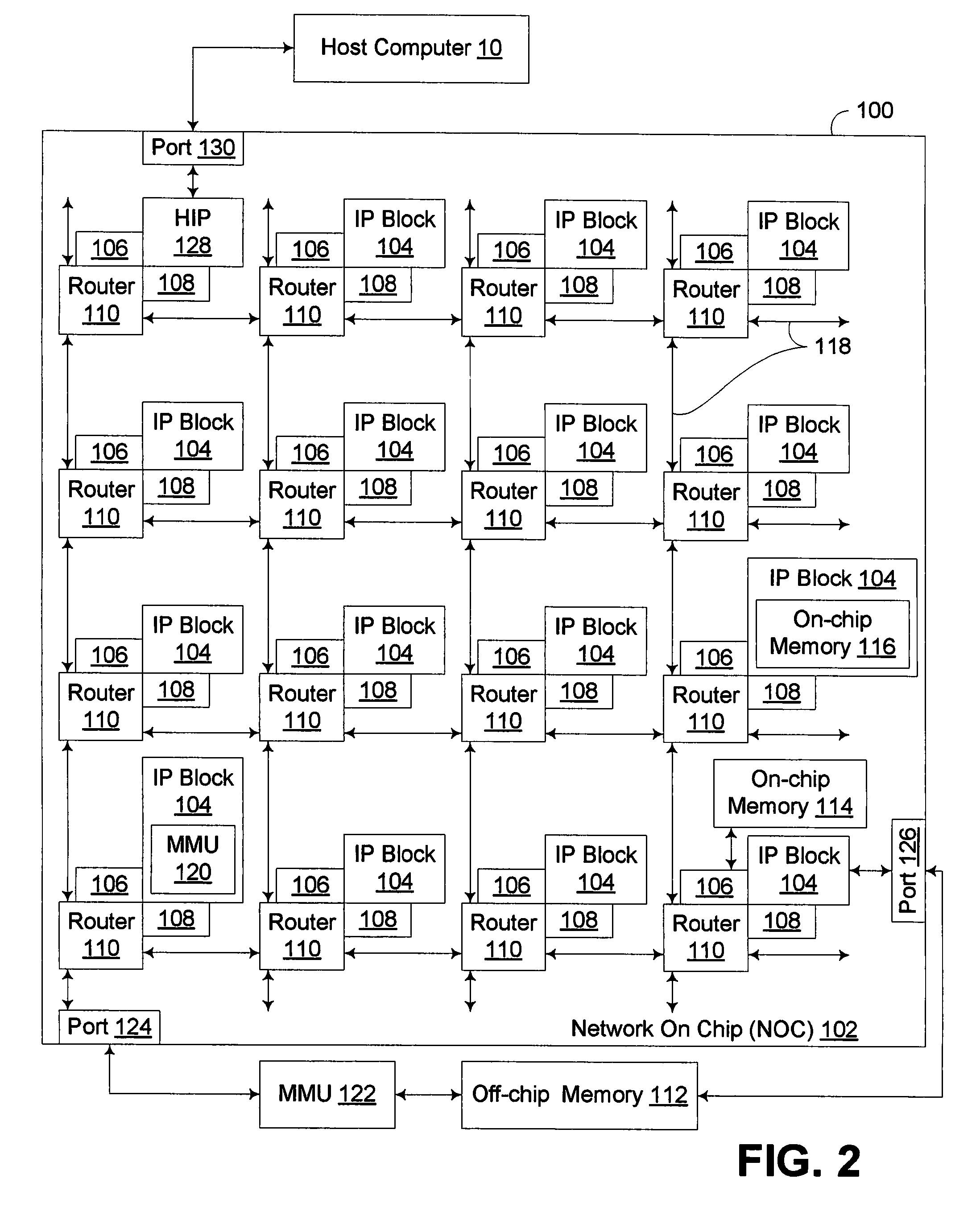Accelerated Data Structure Optimization Based Upon View Orientation
a data structure and view orientation technology, applied in image data processing, instruments, computer peripheral equipment, etc., can solve the problems of low amount of computational power, rasterization suffers from several drawbacks, and modern monitors display images, so as to reduce processing resources, reduce the impact of resulting image frames, and optimize the generation and/or use
- Summary
- Abstract
- Description
- Claims
- Application Information
AI Technical Summary
Benefits of technology
Problems solved by technology
Method used
Image
Examples
Embodiment Construction
[0044]Embodiments consistent with the invention utilize the known view orientation for an image frame being rendered to optimize the generation and / or use of an accelerated data structure (ADS) used in physical rendering-based image processing. As noted above, ray tracing and other physical rendering techniques have significant benefits over rasterization in terms of image quality and scalability, and are increasingly viable options for real time image processing. Such techniques are also highly suited towards parallelization, at least with respect to the utilization of an ADS. The generation of an ADS, however, can become a performance bottleneck, and as a result, any techniques for reducing the processing overhead associated with generating an ADS can have a significant impact on rendering performance.
[0045]A view orientation consistent with the invention may be defined in a number of manners consistent with the invention, and generally is related to the visible area of a scene th...
PUM
 Login to View More
Login to View More Abstract
Description
Claims
Application Information
 Login to View More
Login to View More - R&D
- Intellectual Property
- Life Sciences
- Materials
- Tech Scout
- Unparalleled Data Quality
- Higher Quality Content
- 60% Fewer Hallucinations
Browse by: Latest US Patents, China's latest patents, Technical Efficacy Thesaurus, Application Domain, Technology Topic, Popular Technical Reports.
© 2025 PatSnap. All rights reserved.Legal|Privacy policy|Modern Slavery Act Transparency Statement|Sitemap|About US| Contact US: help@patsnap.com



